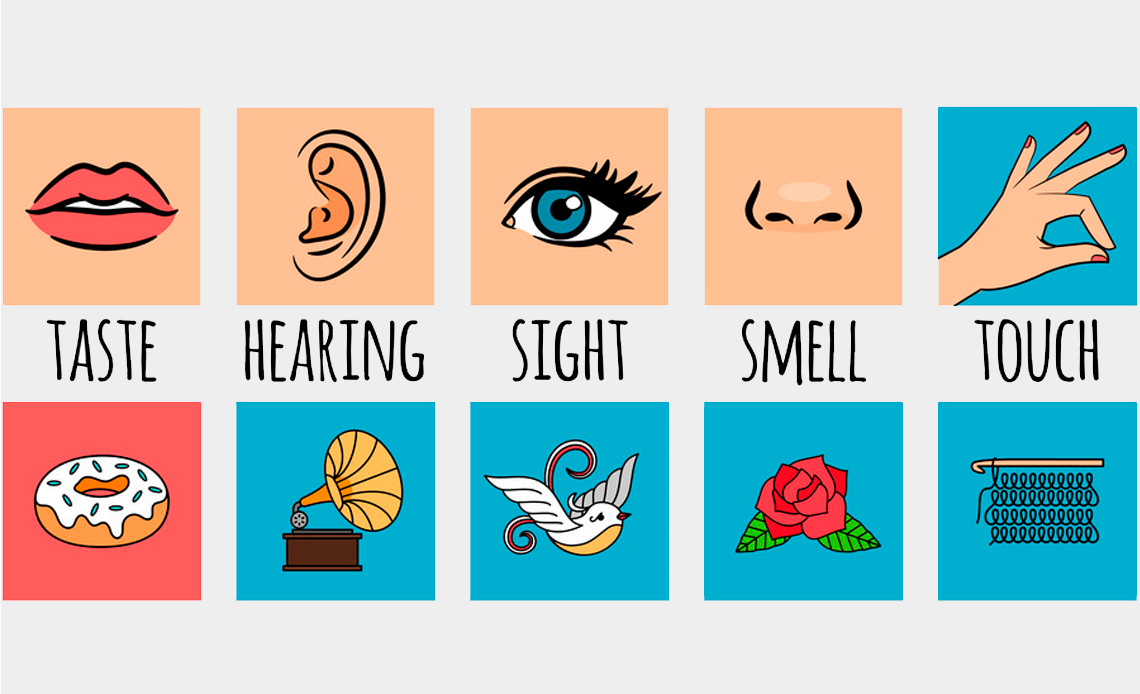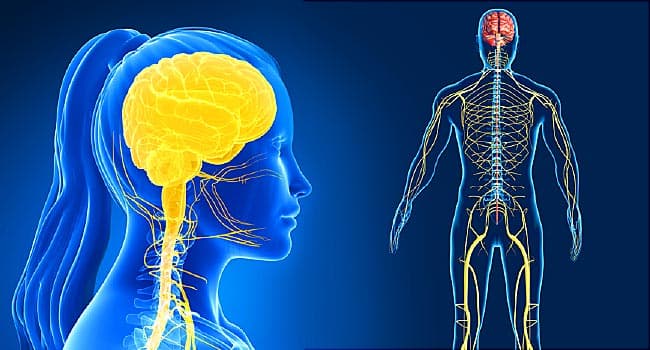A World of Senses
As you read about the human body on our website, hopefully you are learning. But how does the information get from our website into your brain? If you rest your head on the computer screen, will the information seep into you as you sleep? Or does it take a little more effort
We use our senses to get information about the world around us into our brains. There are five main senses that most of us use each day. These five senses are sight, hearing, touch, taste, and smell. Without senses, your brain would have no way of knowing what was going on around you. Life would be a very lonely, dark, and quiet place.
Our Magnificent Eyes
The human eye is an amazing and powerful organ. As you read the words on this screen, your eyes see the shapes of the letters, and transmit the information back to your brain. Light travels from the computer screen to your eyes, entering them through a transparent layer of tissue called the cornea. The light of your computer screen then travels onward through the lens. The lens of your eye focuses the light onto a special tissue called the retina. The retina is lined with special photoreceptors called rods and cones. Rods are more sensitive to light, but cannot distinguish between colors. While cones are less sensitive, but can differentiate the different colors, giving us color vision. Not all animals have cones. What does this mean? It means that many animals see in black and white.
As light lands on the rods and cones it is converted into electrical impulses and is transmitted to the brain, where it is interpreted as the beautiful images all around us.
The Hearing Organ
Have you ever whispered in someone’s ear? Have you ever yelled in someone’s ear? How do we hear each other? How do we hear our teachers, our parents, or the television. As objects move, or interact with other objects, they cause the air to vibrate. Think of a swimming pool. What happens if you jump in? First you make a big splash, followed by a series of ripples. The harder you jump, the bigger your ripples will be.
The air of our atmosphere works in much the same way as a swimming pool. Even though we cannot see the ripples, every time, we move they go traveling through the air. Some of these ripples, or vibrations reach our ears. Inside of your ear is a thin tissue known as the tympanum, or eardrum. The vibrations in the air cause your eardrum to begin vibrating. Behind your eardrum are three tiny bones called the hammer, the anvil, and the stirrup. As your eardrum begins to vibrate, so do these tiny bones. The last of these bones, the stirrup transmits these vibrations into the fluid filled cochlea. This causes tiny hairs within the cochlea to vibrate. The vibration of these hairs is converted into electrical impulses, which are then transmitted to the brain for interpretation.
Taste And Smell
The senses of taste and smell are interpreted from tiny objects on your tongue, and in your nose. Receptors within your nose detect and transmit smells to your brain, while your taste buds detect and transmit flavors to your brain. Much of what we think we are tasting is actually smell. Try an experiment. Next time you are eating something, plug your nose. What happens? Much of the flavor disappears.
The senses we have discussed so far have been located in one specific location, such as the eye, or nose. However, your sense of touch is not restricted to one small area, but covers your entire body. Your skin is sensitive to heat, to pressure, and to pain. Within your body, there are also many nerve endings that are sensitive to touch.
Not every part of your body is equally sensitive to touch.
Sense of Touch
Have you ever gone hiking? In the process of jumping over boulders, and pushing past scrub brush, did you scratch your legs without noticing? Why didn’t you notice? Because much of your legs are not very sensitive to touch, the pain of scratching yourself was not enough to draw your attention to it. On the other hand, have you ever gotten a paper cut on the tip of your finger? What did it feel like? Did it sting for several minutes? Your hands are many times more sensitive to touch, than are your legs.






